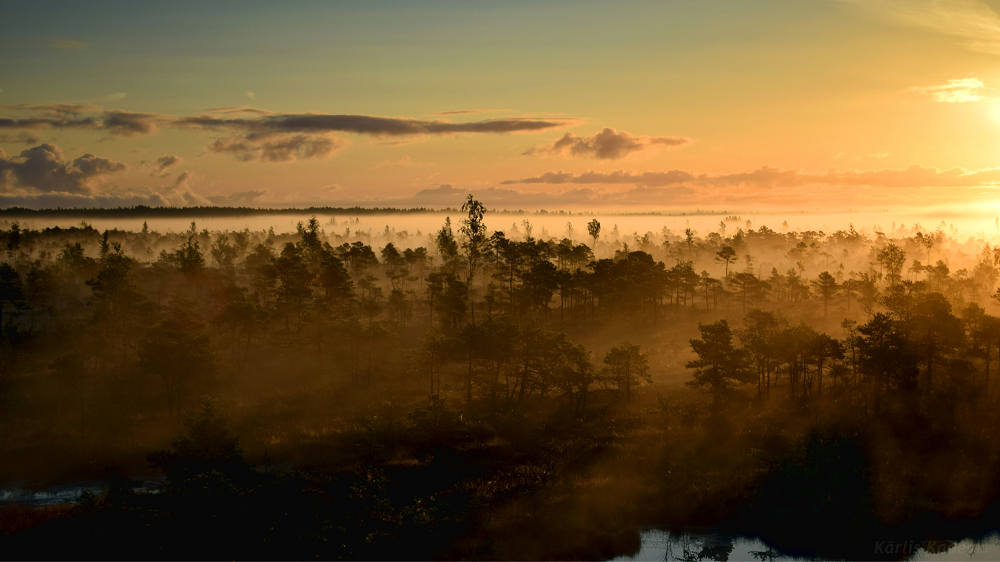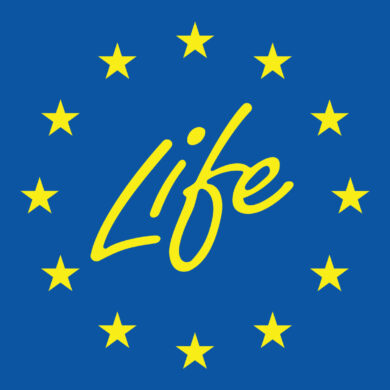In June 2022 the European Commission adopted a pioneering proposal to restore damaged ecosystems and bring nature back across Europe, from agricultural land and seas, to forests and urban environments.
According to the EC the proposal for a Nature Restoration Law is a key step in avoiding ecosystem collapse and preventing the worst impacts of climate change and biodiversity loss. Restoring EU wetlands, rivers, forests, grasslands, marine ecosystems, urban environments and the species they host is a crucial and cost-effective investment: into our food security, climate resilience, health, and well-being.
Under this proposal for a Nature Restoration Law, legally binding targets for nature restoration in different ecosystems will apply to every Member State, complementing existing laws. The aim is to cover at least 20% of the EU’s land and sea areas by 2030 with nature restoration measures, and eventually extend these to all ecosystems in need of restoration by 2050.
The targets proposed include:
- Reversing the decline of pollinator populations by 2030 and increasing their populations from there on
- No net loss of green urban spaces by 2030, a 5% increase by 2050, a minimum of 10% tree canopy cover in every European city, town, and suburb, and net gain of green space that is integrated to buildings and infrastructure
- In agricultural ecosystems, overall increase of biodiversity, and a positive trend for grassland butterflies, farmland birds, organic carbon in cropland mineral soils and high-diversity landscape features on agricultural land
- Restoration and rewetting of drained peatlands under agricultural use and in peat extraction sites
- In forest ecosystems, overall increase of biodiversity and a positive trend for forest connectivity
- Restoring marine habitats such as seagrasses or sediment bottoms, and restoring the habitats of iconic marine species such as dolphins and porpoises, sharks and seabirds
- Removing river barriers so that at least 25 000 km of rivers would be turned into free-flowing rivers by 2030.
Read the Proposal for a Regulation of the European Parliament and of the Council on Nature Restoration




